I am publishing the slides used in my January/February 2024 class at CLL, Strathclyde University.
Slides for the talks may be viewed here:
Talk1 Talk 2 Talk 3 Talk 4 Talk 5 Talk 6
The class consisted of six 2-hour meetings. The synopsis of the course is as follows:
One would think that the brain perceives objects in the world exactly as they are. The fact is that our brain uses incoming sensory inputs with prior experiences, emotions and thoughts to make predictions of reality, and construct our perceptions. Almost always, what we perceive is modified reality. Occasionally, our perceptions can be seriously wrong. This is particularly true in more complicated situations (in absence of sensory inputs) like thinking about politics, climate change etc. In this class, using examples and quizzes, we shall explore how the brain constructs reality, and unravel some of the mysteries how this complex organ works. Age affects all aspects of our perception; we shall discuss strategies of improving/coping. The class promises to be entertaining and thought-provoking.
The slides provide the text/figures used in the class, they do not convey the discussion/spoken words and atmosphere of the meetings - it was an exciting experience with an enthusiastic audience.














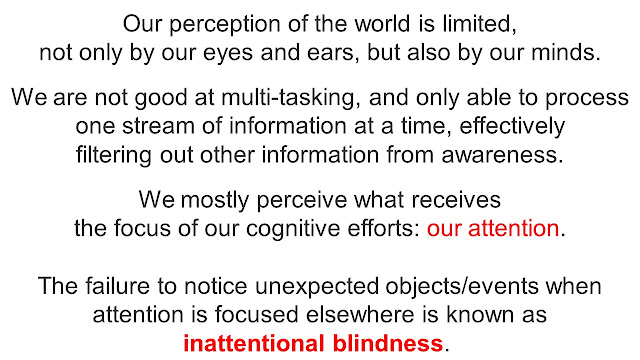



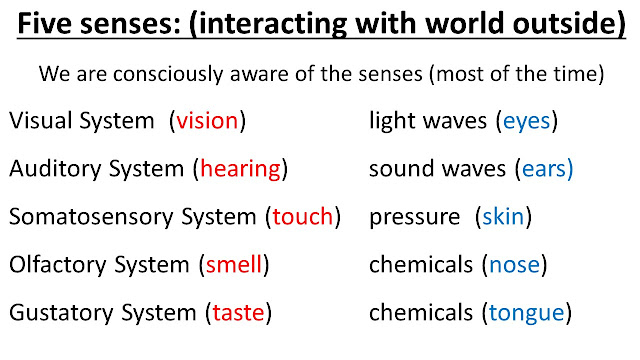





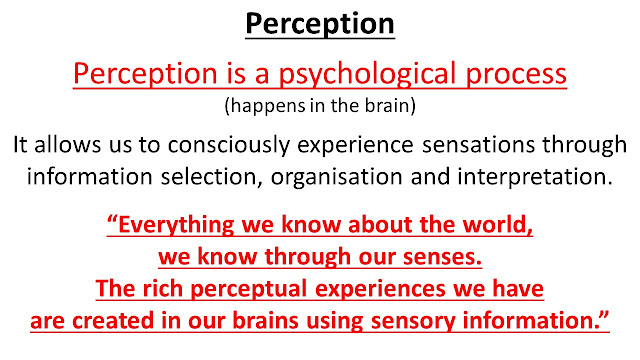







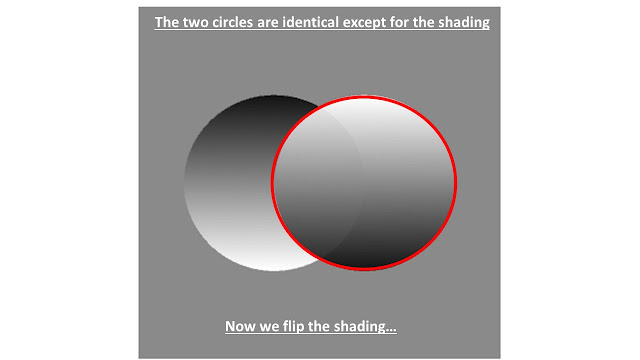

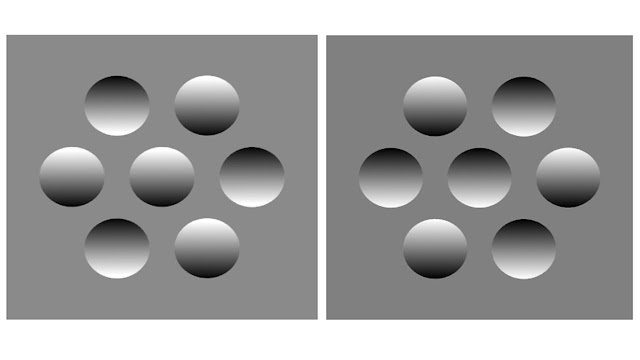





No comments:
Post a Comment